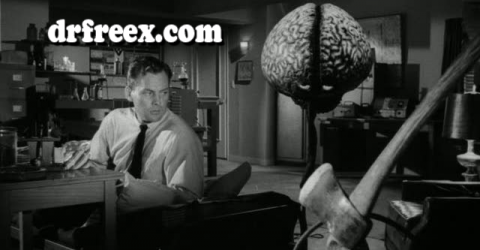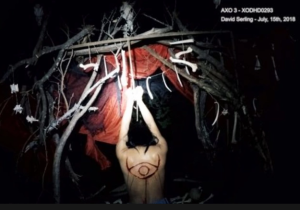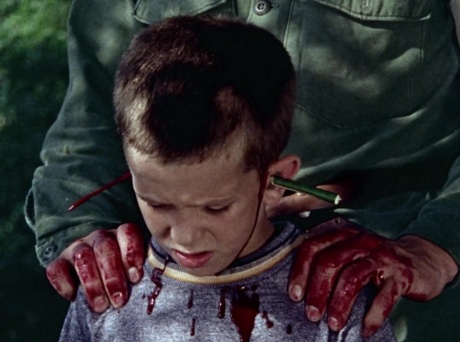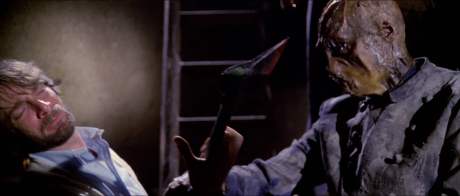 About a third of the way through Nightshot, my son looked into my office and commented, “That looks terrifying.” My response was “Does, doesn’t it?” and the rest was…
About a third of the way through Nightshot, my son looked into my office and commented, “That looks terrifying.” My response was “Does, doesn’t it?” and the rest was…
Hm.
Nightshot purports to be an urbex video (that’s urban exploration for all us oldsters), where our host (Nathalie Couturier) leads her cameraman through an expansive, abandoned hospital while talking about the history of the horrors that took place there. It seems your typical mad doctor was doing obscene experiments involving pregnant women. At some point Nathalie cheerily announces to her cameraman (and therefore, her audience) that she herself is pregnant, so go ahead and write the rest of the movie yourself. Pretty sure Dr. Freudstein is involved.
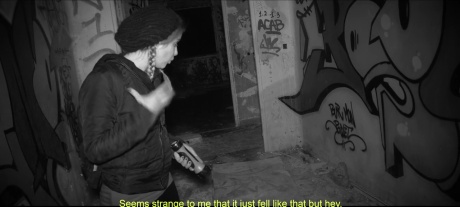 My major issue here is that Nightshot is advertised as a one-take movie, and I have some doubts. Once again, whenever we are near something spoooooooky the camera glitches out and the audio goes wild, a major difference being these things also affect our urban explorers (and nice work on the audio effects). These are ready-made opportunities for a cut, so pull the other one. Those are still some extended takes, though, so mad props to Nathalie, who literally carries the movie. If I’m wrong, her achievement is all the more laudable.
My major issue here is that Nightshot is advertised as a one-take movie, and I have some doubts. Once again, whenever we are near something spoooooooky the camera glitches out and the audio goes wild, a major difference being these things also affect our urban explorers (and nice work on the audio effects). These are ready-made opportunities for a cut, so pull the other one. Those are still some extended takes, though, so mad props to Nathalie, who literally carries the movie. If I’m wrong, her achievement is all the more laudable.
 Secondly, Nightshot did find itself a hell of a location, to be sure, but as we get deeper into the story, the Blair Witch curse sinks in and we seem to just be wandering endlessly through it. There are rooms that are tricked out for maximum creepiness and story advancement, but man I got tired of that one hall.
Secondly, Nightshot did find itself a hell of a location, to be sure, but as we get deeper into the story, the Blair Witch curse sinks in and we seem to just be wandering endlessly through it. There are rooms that are tricked out for maximum creepiness and story advancement, but man I got tired of that one hall.
One of the tricked-out rooms has a Ouija board in it. Nathalie starts spinning out some bullshit about the spirit board for her audiences, and the Ouija gets so offended it flies across the room. That part I liked.
Third, as the story progresses, it becomes increasingly obvious that Nathalie is suffering a miscarriage. My wife and I survived two of those, so I am not appreciative of its use as a plot device.
 There is some genuine horror there at the end, but that just seems to play out the Evilspeak model of “get through the bulk of the movie so things can go nuts in the final ten minutes”. I’m not a fan. Nathalie Couturier, though – you can stay.
There is some genuine horror there at the end, but that just seems to play out the Evilspeak model of “get through the bulk of the movie so things can go nuts in the final ten minutes”. I’m not a fan. Nathalie Couturier, though – you can stay.
